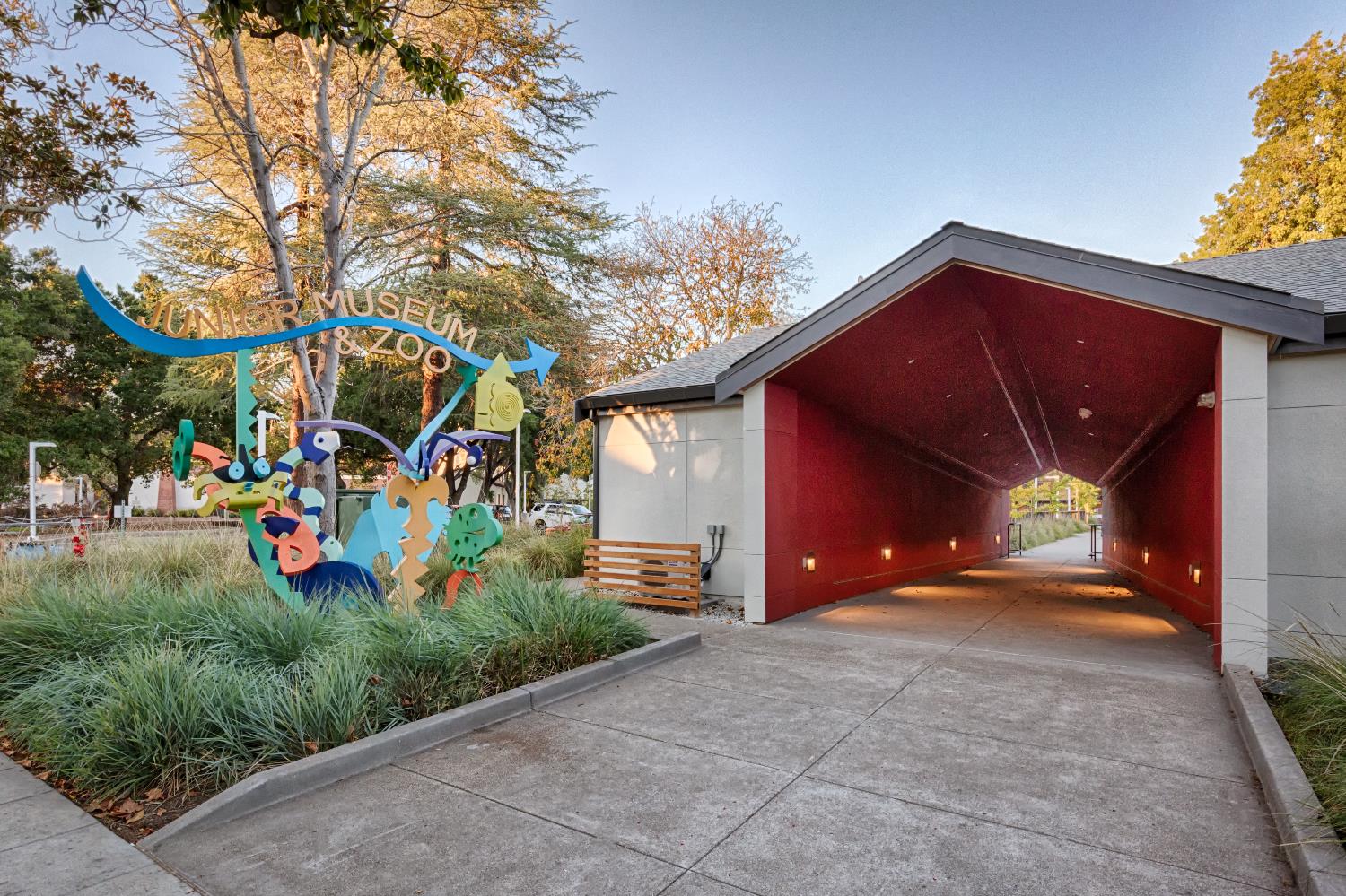About Us
All things Palo Alto Junior Museum & Zoo
 Copyright © Marco Zecchin/Image-Center.com
Copyright © Marco Zecchin/Image-Center.com
The Palo Alto Junior Museum & Zoo is a place where children and their caregivers come to learn, explore, play, discover, and get curious about science and nature.
History of the Palo Alto Junior Museum & Zoo
In the midst of the Great Depression, Palo Alto resident Josephine O’Hara proposed that the community create a small museum to occupy the area’s young children. A “leisure time” committee existed for adults, but there were hardly any activities or engagements for children. O’Hara had visited children’s museums in Brooklyn and Boston and decided that a similar institution would appeal to the Palo Alto community. In January 1934, O’Hara presented the idea of a children’s museum to the community center commission and the public. A nine-member committee was formed to study the feasibility of such a scheme and to prepare a small exhibition for a spring fair.
The idea caught immediate public support, and the first iteration of the museum was housed for four months in the art room of the Palo Alto Public Library. In July 1934, the Children’s Museum (as it was known then) officially opened. Josephine O’Hara was the curator, and 4,342 children visited the museum during its first year. Inspired by the burgeoning children’s museum movement on the East Coast, this institution appears to be the first museum of its kind west of the Mississippi River. In November 1934, the museum formalized its board of directors and established a membership program. The exhibits moved from the library into the basement of Sherman Grade School. Constantly growing, the main branch of the museums and its offices were established in the basement underneath a wing of the Community Center in 1937, while some exhibits remained in the school basement for two more years. During these early years the museum staff were partially supported by WPA (Works Progress Administration) and NYA (National Youth Administration) funds, and volunteers were key components of the museum’s operation.
This early period from 1934-1940 saw significant growth in the volume of exhibits and items for the collection, as well as popularity among the community. Summer activities were held at the Addison School, outdoor activity and hikes were led by Josephine O’Hara, and temporary exhibits rotated through five local schools. Attendance continued to increase; by 1940, child visitors totaled 12,702. Part of the motivation behind the museum was to imbue the children with initiative, interest, and inner resources that would equip them to deal with another economic depression and to be leaders in the future.
In 1941, a gift of $10,000 was made by the local Margaret Frost Foundation to fund construction of a new facility for the museum. The City of Palo Alto offered a portion of land in Rinconada Park, and the museum found a permanent home. Contemporary reports claim that Palo Alto was the first children’s museum to construct its own facility, and research has not uncovered any evidence to the contrary. In order to appeal to young patrons who objected to being called “children,” the museum’s name was officially changed to the Palo Alto Junior Museum.
Almost immediately after the building’s opening, a $12,000 grant was awarded to the Museum by the philanthropic Columbia Foundation of San Francisco to build a new science wing. Local newspapers constantly reported new activities of the museum, from new acquisitions or traveling exhibits of Native American baskets or African masks to the meetings of hobby groups that included art, ceramics, archery, woodworking, and stamp collection. During the summer vacation, the museum led at least four activities six days a week, not including the regular collection. The variety of programs offered by the Junior Museum seemed almost endless. According to local press, as of June 1950 there were only sixteen children’s museums in the United States. Given the varied nature of youth museums, their focuses, and their names, it is difficult to know if this was indeed true, but research has not found evidence contradicting this claim.
The information above was pulled from a comprehensive historic evaluation of the Palo Alto Junior Museum and Zoo conducted by Page & Turnbill, Inc. Full document: 2016-07-20_Palo-Alto-Jr-Museum-and-Zoo-HRE_revised-1.pdf(PDF, 5MB)
Learn More about the Palo Alto Junior Museum & Zoo